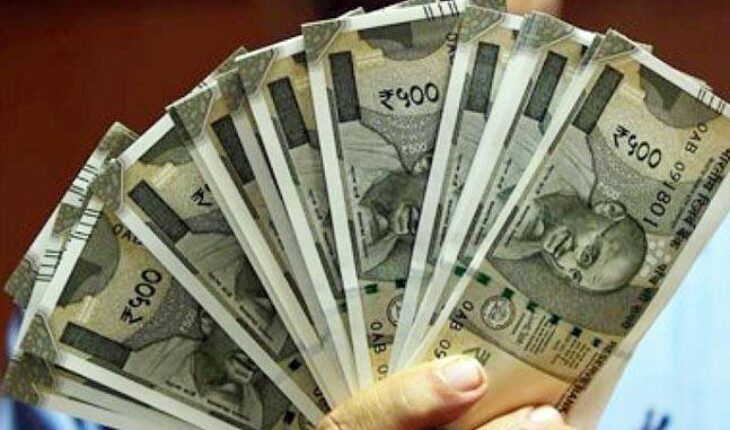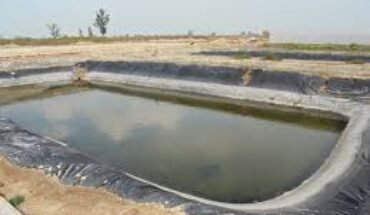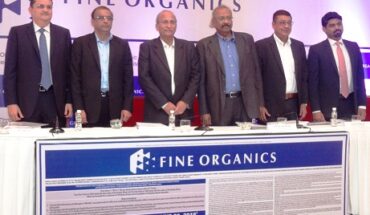The Economic Survey suggests that it would be difficult to achieve higher end of the 6.75-7.5 per cent GDP growth estimated earlier
Achieving higher end of the 6.75-7.5 per cent GDP growth estimated earlier will be difficult and India needs more interest rate cuts to boost the economy, the second part of Economic Survey has pointed out.
The list of challenges include appreciation of the rupee, farm loan waivers, rising stress on balance sheets in power as well as telecom and transition issues arising from implementing the Goods and Services Tax (GST), reports said.
The Survey reportedly warned of fiscal slippages as “a series of deflationary impulses are weighing on an economy yet to gather its full momentum”.
Authored by Chief Economic Adviser Arvind Subramanian and tabled in Parliament, the Survey said farm loan waiver could cut economy demand by up to 0.7 per cent of GDP.
It saw farm loan waivers by states touching Rs 2.7 lakh crore. The survey said inflation is expected to remain below the Reserve Bank of Indias medium-term target of 4 per cent, through the fiscal deficit will be 3.2 per cent of GDP in 2017-18 as compared to 3.5 per cent last fiscal.
The mid-year survey of the economy said there was “considerable” scope for further easing in monetary policy as the repo rate was 25-75 basis above the neutral rate.
RBI had last week cut its main policy rate by 25 basis points to 6 per cent, the lowest since November 2010.
“Cyclical conditions suggest that the policy rate should actually be below…the neutral rate. The conclusion is inescapable that the scope for monetary easing is considerable,” it said.
Citing deflationary impulses, the Survey stressed that farm revenues, decline in non-cereal food prices, farm loan waivers, fiscal tightening and declining profitability in the power and telecom sectors are weighing on the economy.
“Economy is yet to gather its full momentum and still away from its potential,” it said.
It further said a number of indicators — GDP, IIP, credit offtake, investment and capacity utilisation — point to a deceleration in real activity since first quarter of 2016-17 and a further deceleration since the third quarter.
The Part-1 of the Survey tabled in Parliament on January 31 had “predicted a range for GDP growth of between 6.75 and 75 per cent, factoring in more buoyant exports as global recovery gathered steam, a post-demonetisation catch-up in consumption, and a relaxation of monetary conditions”.
“…the balance of risks seem to have shifted to the downside. The balance of probabilities has changed accordingly, with outcomes closer to the upper end having much less weight than previously,” it said.
Since February 2017, the rupee has appreciated by about 1.5 per cent.
According to the Survey, the structural reform agenda of the government includes implementing GST, Air India privatisation, rationalisation of energy subsidies and addressing twin balance sheet challenge facing banks.
There are early signs of tax base expanding post the implementation of GST, it said. Also, nominal GDP growth has accelerated post demonetisation.
Stating that demonetisation may continue to pay dividends over time, it said about 5.4 lakh new tax payers have joined the tax net post note ban.
The Survey wanted stock limits and movement curbs on farm goods to end and credit off-take from banks to pick up.
The government and the RBI have taken “prominent steps” to address the twin balance sheet challenge which has boosted market confidence in the short run, it said.
Also, it added that the removal of checkposts and easing of transport constraints after GST implementation can provide some short-term fillip to economic activity.





